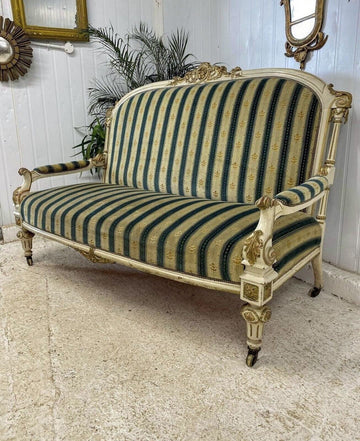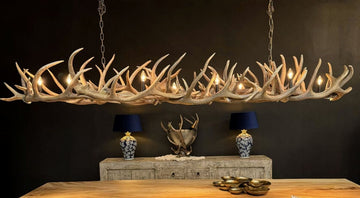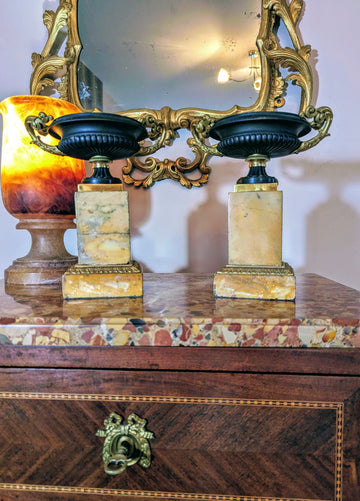Welcome to CES Home & Garden, where we have many French antiques that are sure to add a touch of elegance to any space. We take pride in our collection of unique and timeless pieces that have been carefully sourced and curated from various regions in France.
French antique furniture is characterised by its refined design and exquisite craftsmanship. Our selection of French antiques includes items such as this Louis XV sofa, and this Empire guilded mirror, that exemplify the ornate and intricate styles that were popular during the 17th and 18th centuries. These pieces are not only beautiful and decorative, but they are also functional and durable, making them excellent investment pieces that can be passed down for generations to come.
French antique furniture is renowned for its exquisite craftsmanship, stunning designs, and timeless appeal. Each era in French history has brought forth unique styles and influences, resulting in a diverse range of furniture that continues to captivate collectors and enthusiasts alike. In this blog post, we will explore some of the different types of French antique furniture and the characteristics that make them so special.
-
Louis XIV Furniture: The reign of Louis XIV, also known as the Sun King, is associated with opulence and grandeur. Furniture from this period is characterized by its robust and imposing designs, featuring richly carved details, bold curves, and intricate motifs. Oak and walnut were commonly used woods, and pieces often showcased luxurious materials such as velvet and brocade.
-
Regency Furniture: The Regency period, spanning from the late 17th to early 18th century, saw a shift towards lighter and more elegant furniture styles. Influenced by the Rococo movement, Regency furniture featured softer lines, delicate carvings, and an emphasis on comfort. Mahogany became a popular choice of wood, and chairs, commodes, and pier tables were among the most common pieces produced.
-
Louis XV Furniture: The Louis XV period is known for its graceful and curvaceous designs, representing a departure from the heavy forms of previous eras. Furniture from this time showcases fluid lines, sinuous curves, and floral motifs. Gilt bronze mounts were often used as embellishments, adding a touch of elegance to the pieces. Types of furniture associated with this period include commodes, Fauteuils (armchairs), and intricate marquetry cabinets.
-
Louis XVI Furniture: The reign of Louis XVI marked a return to a more neoclassical style, inspired by ancient Greece and Rome. Straighter lines, geometric shapes, and symmetrical designs defined this era. Mahogany, walnut, and fruitwoods were commonly used, with veneers and marquetry becoming popular decorative techniques. Famed pieces from this period include elegant commodes, console tables, and elegant bergères (upholstered armchairs).
-
Empire Furniture: The Empire style emerged during the Napoleonic era and drew inspiration from Roman antiquity. Furniture from this period exudes a sense of power and grandeur, featuring strong straight lines, military motifs, and luxurious materials such as mahogany and bronze inlay. The imposing presence of Empire cabinets, daybeds, and desks is a testament to Napoleon's vision of a powerful and unified France.
These are just a few examples of the diverse range of French antique furniture styles that have graced homes throughout history. Whether you're drawn to the Baroque opulence of Louis XIV or the refined elegance of Louis XVI, French antiques provide a unique connection to the past and a timeless beauty that transcends trends. Investing in a piece of French antique furniture not only adds a touch of sophistication to your home but also brings a piece of history to life.
Please see our range of antiques on our website, if any of our exceptional pieces pique your interest or if you would like to inquire about a specific item, please do not hesitate to reach out to us at shop@ceshomeandgarden.com




